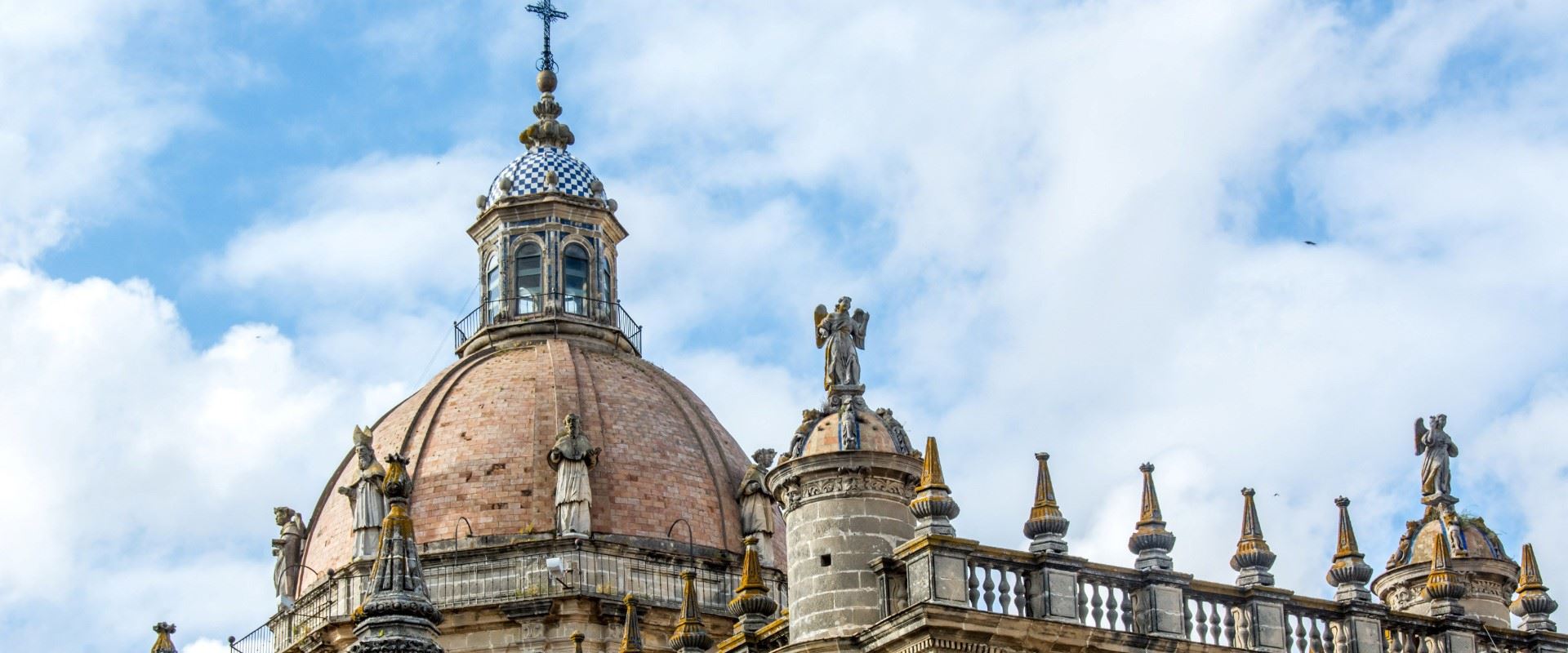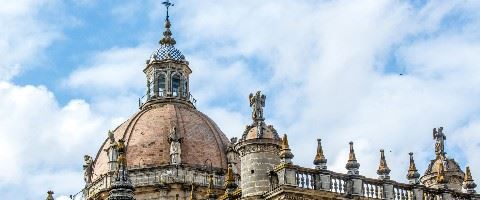JEREZ
Strolling around this city will give you a chance to get to know and discover wine and horse culture first hand. You can visit a wine cellar ‘bodega’ to see how wine is produced, and even go to a wine tasting (Bodegas González Byass, Bodegas Lustau or Bodegas Tradición to name a few).
However, Jerez is not only characterised by its wine and unique architecture but offers much more. It is home to the Carthusian horse, the cradle of flamenco, a city of motor racing and has an historically rich city centre.
With regard to horses, there are two extremely well-known equestrian shows: ‘How Andalusian Horses Dance’, at the Andalusian Royal School of Equestrian Art (Tuesday and Thursday at noon) and ‘Carthusian Horse Studs’ (Saturdays at 11:00).
Jerez offers the very best of Flamenco (daily) in its famous Tablaos, in addition to some very interesting flamenco performances: from flamenco recitals in numerous Peña Flamenca clubs to be found dotted around the city and the traditional Bulería Festival (September), to the famous Jerez International Flamenco Festival which takes place each year (Feb-Mar).








